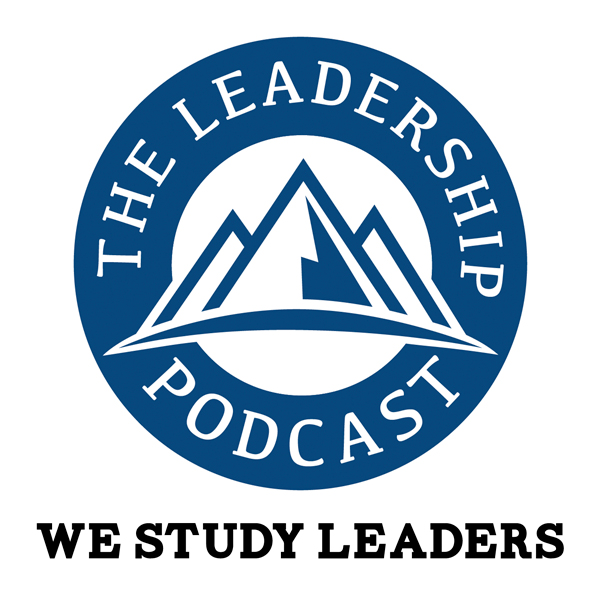Jeffrey Pfeffer is a Professor at Stanford University, and the author of “Leadership BS” – his fourteenth book on leadership and organizational behavior. The book is the antithesis of what we have come to expect from leadership doctrine. As Jeffrey says, “There is this profound disconnect–between what we tell people to do, and how we seemingly want them to be–and the qualities that seem to be useful if not necessary for success.”
Given that the book has proved to be a catalyst for a number of spirited discussions amongst the leaders I work with, I asked Jeffrey for clarification in a short phone interview.
I first asked about the biggest challenge facing leaders today (referencing my last post), because if there is no pain, there is no change. Jeffrey agreed that attracting, retaining and motivating people is the biggest challenge in our current work environment. When asked about how he defines an “effective” leader, he replied, “It depends on how you define effectiveness.” He went on to say that the goals of the organization need to be precise before you can define what you require from the leader(s). When pressed whether there is one characteristic every leader should possess, he said, simply, “Job number one is to keep your job. And that comes from mastering organizational dynamics.”
I asked Jeffrey about the most frequent mistake he sees, and he said it was about over-emphasizing objective criteria, and under-estimating interpersonal relationships. Given that a major theme in “Leadership BS” is that the leadership development industry is not delivering an ROI, I asked him if he sees best practices when it comes to developing leaders. Jeffrey said it’s dependent on defining the goals of the organization, and that retention is a good place to start. It is certainly not the use of “happy sheet” evaluations used at the conclusion of leadership training sessions.
He went on to say that we over-emphasize leadership development, when what’s really needed is a quality movement to fix the system. He said it’s not a “how to motivate” issue, but a systems design problem. Create the right environment, or as stated in his book, we need to create an “environment in which ordinary, albeit conscientious, people can reliably produce desirable results” – i.e., work systems that are less leader dependent. As an example, he mentioned the military. A few decades ago, it was all about superior leadership at the general officer level. Today, the effective deployment of special forces is all about distributed power.
In the end, if we don’t change an organization’s system, we’re going to keep seeing the same dysfunctional behavior from leaders and teams. That means using the four levers of organizational development:
- People – We need to be clear on expected behaviors, and as Jeffrey states, reliably “assessing the frequency of desirable leadership behaviors.”
- Process – There is no quick fix. We need patience and to take a page from the quality movement with regard to leadership. The airline industry is a good example of creating systems to minimize human error, and medicine is slowly making strides. Where are the processes to do no harm when it comes to leadership to drive standardization, efficiency and effectiveness?
- Structure – Does the structure support the strategy? As Jeffrey writes, we need to “devolve more power to a wider set of organizational constituents” and that “such systems include employee ownership.” Is it possible to have distributed and balanced power so no single individual can do remarkably good – or remarkably harmful things?
- Rewards – Are there real consequences for meeting expectations, exceeding expectations, and failing to meet minimum expectations?
I think Jeffrey is onto something, and personally, I think there are three pillars to leadership development – particularly with regard to organizational behavior:
- Leading Self is about “hearing the unheard,” and reflecting on how character can be strengthened through crucibles, and by constantly testing oneself.
- Leading Others is about developing the necessary interpersonal skills to influence others.
- Leading the Organization is about adjusting the levers of organizational design and development (aka change) to make the system work most of the time even if people place their own self-interest above that of the team.
Jeffrey concluded our discussion with a quote from “The Boxer” (Simon & Garfunkel):
Still, a man hears what he wants to hear
And disregards the rest
I know Mark Twain said, “There is a great deal of human nature in people,” which I happen to agree with, but I prefer Adam Smith’s aspirational perspective:
To feel much for others and little for ourselves; to restrain our selfishness and exercise our benevolent affections, constitute the perfection of human nature.






